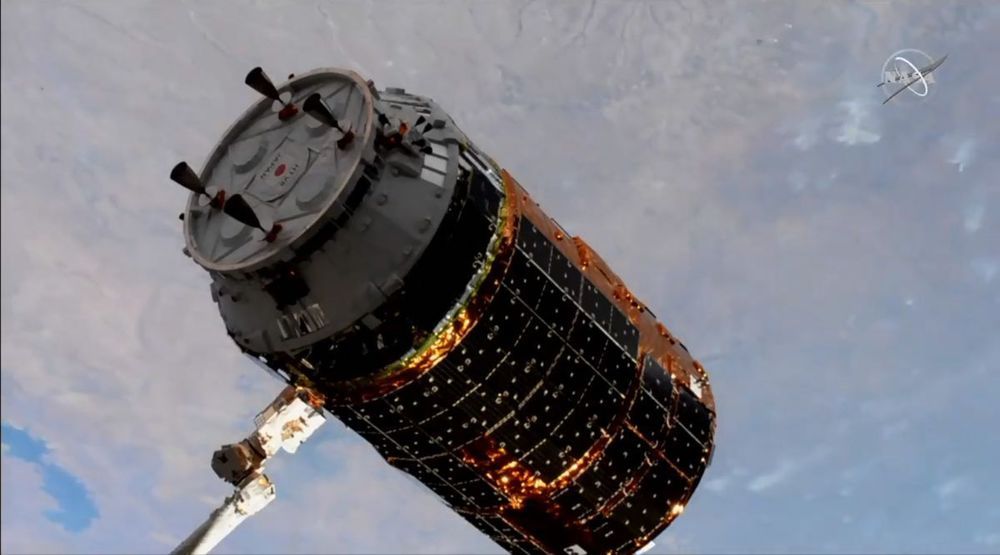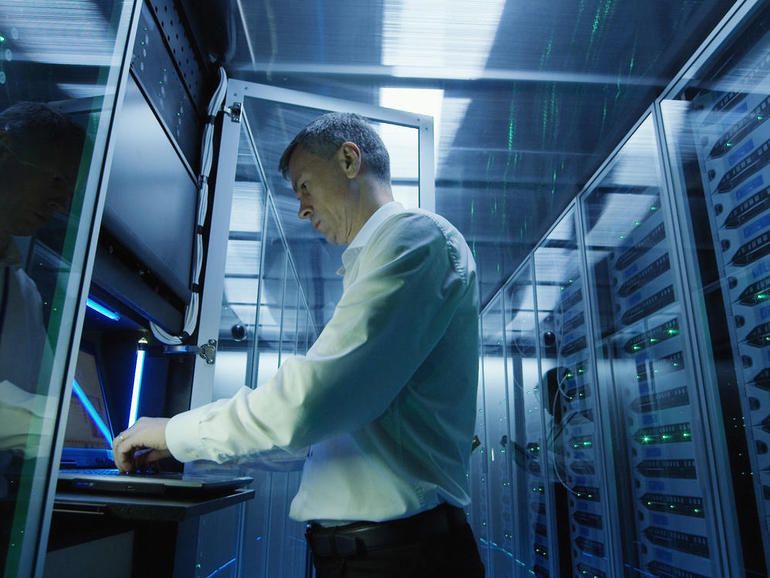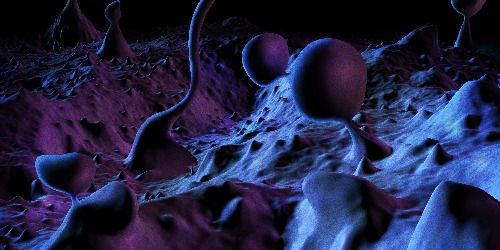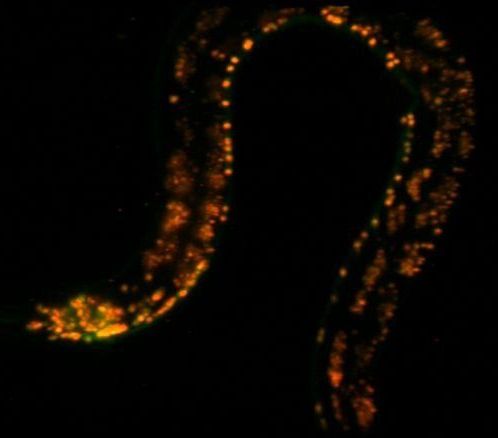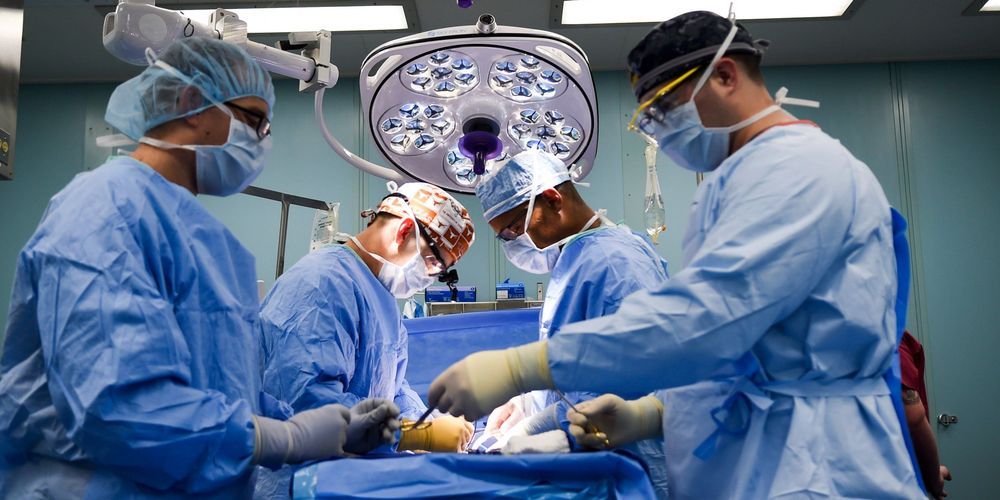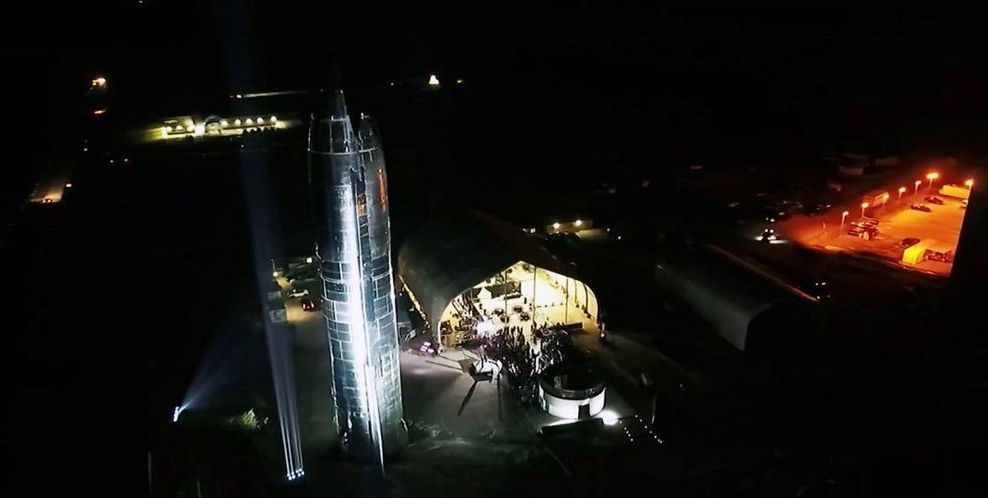A robotic Japanese cargo ship successfully arrived at the International Space Station Saturday (Sept. 28) carrying more than 4 tons of supplies, including new batteries for the outpost’s solar power grid.
The Japan Aerospace Exploration Agency’s (JAXA) HTV-8 cargo ship pulled up to the space station at 7:12 a.m. EDT (1112 GMT), where it was captured by a robotic arm wielded by NASA astronaut Christina Koch inside the orbiting lab. The station and HTV-8, also known as Kounotori 8 (Kounotori means “white stork” in Japanese), were soaring 262 miles (422 kilometers) over Angola in southern Africa at the time.
“What you all have done is a testament to what we can accomplish when international teams work together towards a common goal,” Koch radioed to NASA’s Mission Control in Houston and flight controllers at JAXA’s Tsukuba Space Center in Japan. “We’re honored to have Kounotori on board, and look forward to a successful and productive mission together.”
